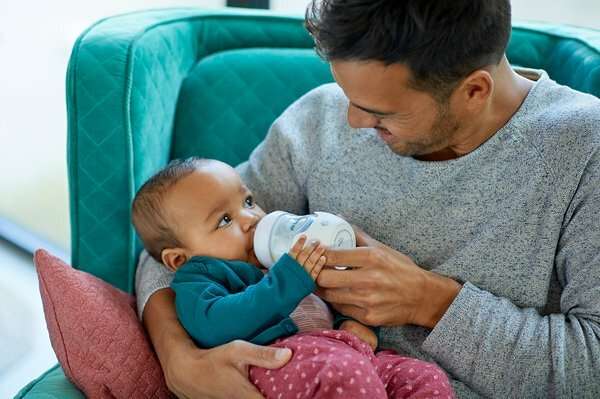Data as material for product design

Products and services increasingly get smarter and more interconnected, forming intelligent eco-systems that allow the generation and sharing of large amounts of data through the internet. These new data often find their way in the evaluation of new products, but only after the design process has been concluded. Janne van Kollenburg and Sander Bogers, designers at Philips Design, have developed a design method which puts data right at the heart of the design process. For their work they will be awarded a Ph.D. by the Department of Industrial Design of the Eindhoven University of Technology on Thursday 28 February.
Data-enabled Design allows designers to make better products that are optimally geared to the users' demands. It also enables them to determine at a very early stage which data are relevant. Potential concerns surrounding security and privacy can therefore be addressed during the design process. "Data have become such a key part of design, that designers should start their design process with the data that is being collected", say Bogers en Van Kollenburg.
Connected Baby Bottle
In their Ph.D. thesis, which is published as a joint effort, Bogers and Van Kollenburg describe three example projects developed in collaboration with Philips Design. It includes a bottle sleeve prototype for the Philips Avent baby bottles. The sensor-equipped sleeve collects feeding time, milk temperature, and the amount of milk that the infant drinks. Several families have tested the baby bottle.
The data gave the design team new insights in the various ways parents and carers feed their babies, offering novel ideas for supporting them. Remote monitoring and modification of the prototypes allowed instant feedback from the participating parents, simplifying the iterative testing of new ideas without interfering too much with their daily routines.
This data-enabled design process resulted in the Connected Baby Bottle, which gives parents continuous and personal advice when feeding their babies. For example, they can learn when and how to reduce the frequency of daily feedings.
Design Team
The innovative work of Bogers and Van Kollenburg has already led to the creation of a Data-enabled Design Team within Philips Design. Both researchers have also developed a tuition programme for Industrial Design students at TU/e. In addition to the methodological insights, the example projects have already made an impact. The Connected Baby Bottle has been presented at major technology fairs and will be brought to the market by Philips Avent. The other innovations have led to a number of patents, and will be further developed by Philips.
The Ph.D. thesis is entitled Data-enabled design: a situated design approach that uses data as creative material when designing for intelligent ecosystems.
Provided by Eindhoven University of Technology




















